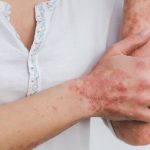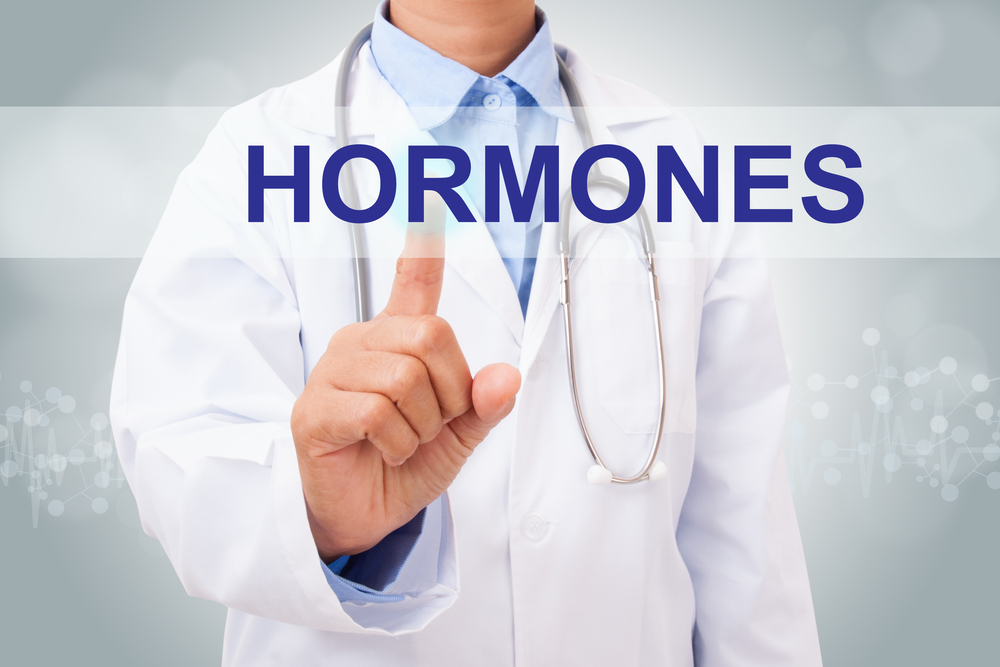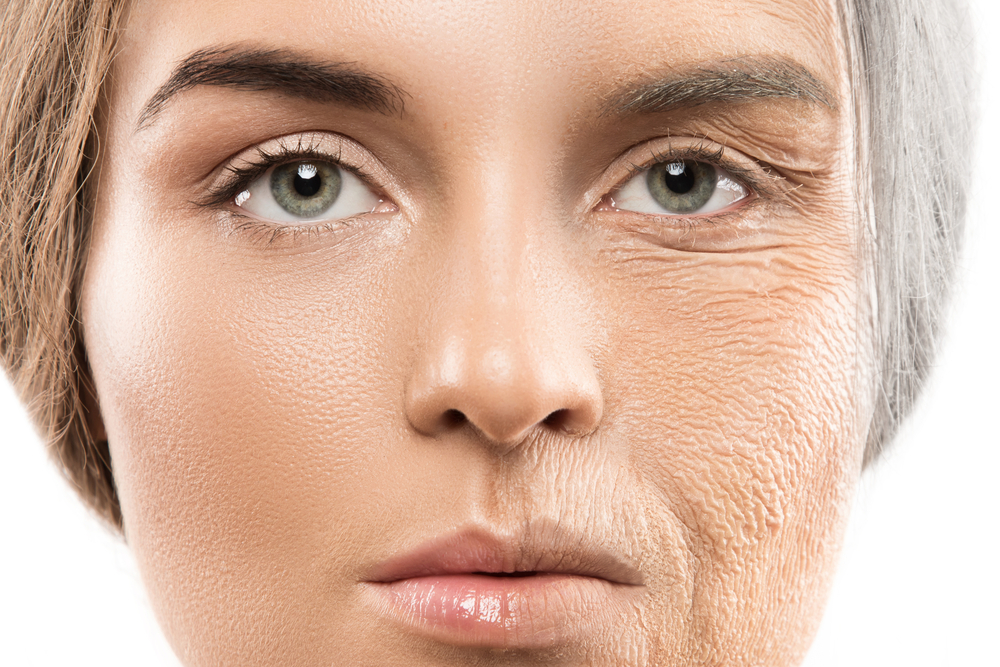Ulcers are painful sores that look like craters, caused by eroding tissue. Ulcers can occur anywhere on the body inside or out. They are slow to heal and sometimes will recur. You can even have chronic ulcers that even with treatment will reappear. Severity depends on what type of ulcer you have and what is causing your ulcer.
Some ulcers will go away on their own and don’t need treatment while others will need constant treatment to keep symptoms and ulcers away. There are treatments for every type of ulcer.
The type of ulcer you have will make your symptoms vary. There are different types of ulcers: arterial, venous, mouth, genital, and peptic.
Arterial Ulcers
Arterial ulcers are also known as skin ulcers. They develop due to circulation issues. There isn’t enough blood flow to an area of skin, and then an ulcer will develop. Arterial ulcers are found on the outer side of the ankle, feet, toes, or heels.
Lots of things can cause poor circulation. These conditions can increase the likelihood of circulation problems, diabetes, high blood pressure, kidney failure, Atherosclerosis, vasculitis, smoking, or high cholesterol.
Arterial ulcers can be red, yellow, or black sores. Other symptoms are hairless skin, leg pain, pain that worsens at night, or an area that is cool to touch due to poor circulation.
There is treatment for arterial ulcers. They can take several months to heal completely. Antibiotics may be prescribed to help if there is any infection. Surgery may need to be an option to help improve circulation to the area. If surgery to improve circulation isn’t an option, then your doctor may suggest amputation.
Venous Ulcers
Venous ulcers also affect the skin. They are very common. Venous ulcers develop on the lower legs, usually below the knee. They are caused by damage to the veins caused by insufficient blood flow back to the heart. Venous ulcers may take months to heal or may never heal.
Antibiotics can help if there is an infection present, but it will not heal the ulcer. Surgery and compression therapy are the two most common treatment options for venous ulcers.
Symptoms of a venous ulcer are dark purple or red skin, thickened skin, excessively dry skin, itching, dull aching, swelling, and varicose veins. Venous ulcers usually cause little to no pain unless they are infected.
You have a higher chance of getting venous ulcers if you are a woman, older, obese, have had previous leg trauma, have a clotting disorder, pregnant, family history of varicose veins, if you smoke, have a poor diet, drink excessively, or have deep vein thrombosis.
Peptic Ulcers
Peptic ulcers are very common. The most common type of peptic ulcers are stomach ulcers, or gastric ulcers. Peptic ulcers form inside your body either in your stomach lining, small intestines, or esophagus.
They are caused by digestive juices damaging the walls of your stomach, small intestines, or esophagus. Peptic ulcers can be caused from inflammation for Helicobacter pylori or from long term use of NSAIDs.
There are two types of peptic ulcers. Gastric which is when the stomach lining has formed an ulcer, and duodenal which is when an ulcer is in the small intestines.
Symptoms can include a burning sensation in the abdomen, bloating, lack of appetite, vomiting, weight loss, burping, nausea, heartburn, and chest pain. If the ulcer becomes perforated, which means it is seeping out blood then blood in vomit and blood in stool can occur.
To diagnose a peptic ulcer your doctor will most likely want to do an endoscopy procedure. Either an upper endoscopy if your doctor thinks the ulcer is in the esophagus, or stomach, or a lower endoscopy if they suspect an ulcer in the small intestines. A blood test may also be done to look for signs of the Helicobacter pylori bacteria.
A peptic ulcer with proper treatment will heal in about a month. They can recur even with effective treatment.
Mouth Ulcers – Canker Sores
Mouth ulcers are another common ulcer. Also known as canker sores. They can be caused by stress, hormonal changes, vitamin deficiencies, bacterial infections, or diseases.
Normally mouth ulcers don’t need treatment they will go away on their own within 2 weeks of forming.
Serious symptoms of a mouth ulcer are slow healing, if it extends your lips, if you have trouble eating or drinking, a fever, or diarrhea with the ulcer then you should seek medical intervention.
Genital Ulcers
Genital ulcers affect your genital areas. The most common cause of genital ulcers are sexually transmitted infections. They can cause rash, bumps, pain, itching, swollen glands, and fever.
Prescriptions can help as well as antiviral, or antibiotic ointment.
Takeaway
Ulcers are open sores or wounds that can be caused by a number of different things. All types of ulcers have treatment options. Some ulcers may go away completely with treatment while others may continue to reappear even with effective treatment. Finding the cause of the ulcer can help find the appropriate treatment to ease discomfort caused by the ulcer.
READ MORE: NSAIDs & Stomach Ulcers
Sources:
https://www.healthline.com/health/types-of-ulcers#takeaway
https://bhattigi.com/3-common-types-of-ulcers/
https://www.verywellhealth.com/types-of-ulcers-5221322
https://familydoctor.org/condition/ulcers/









